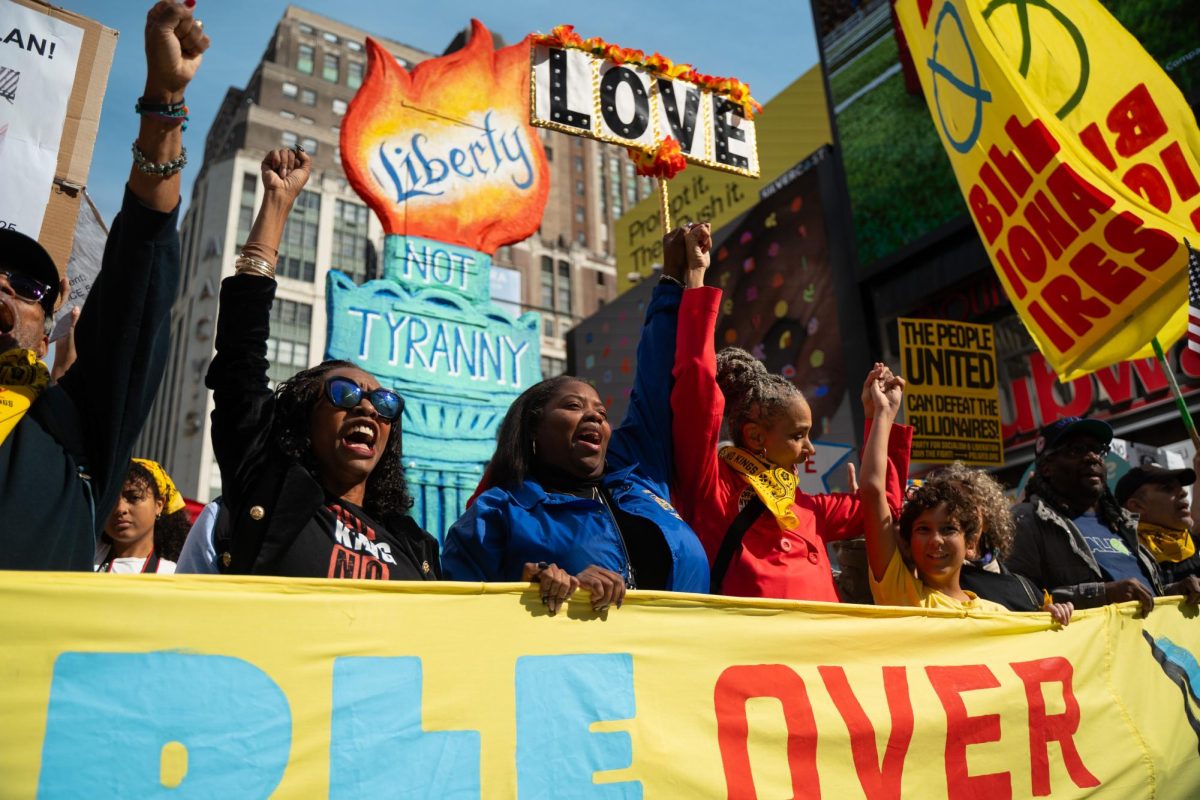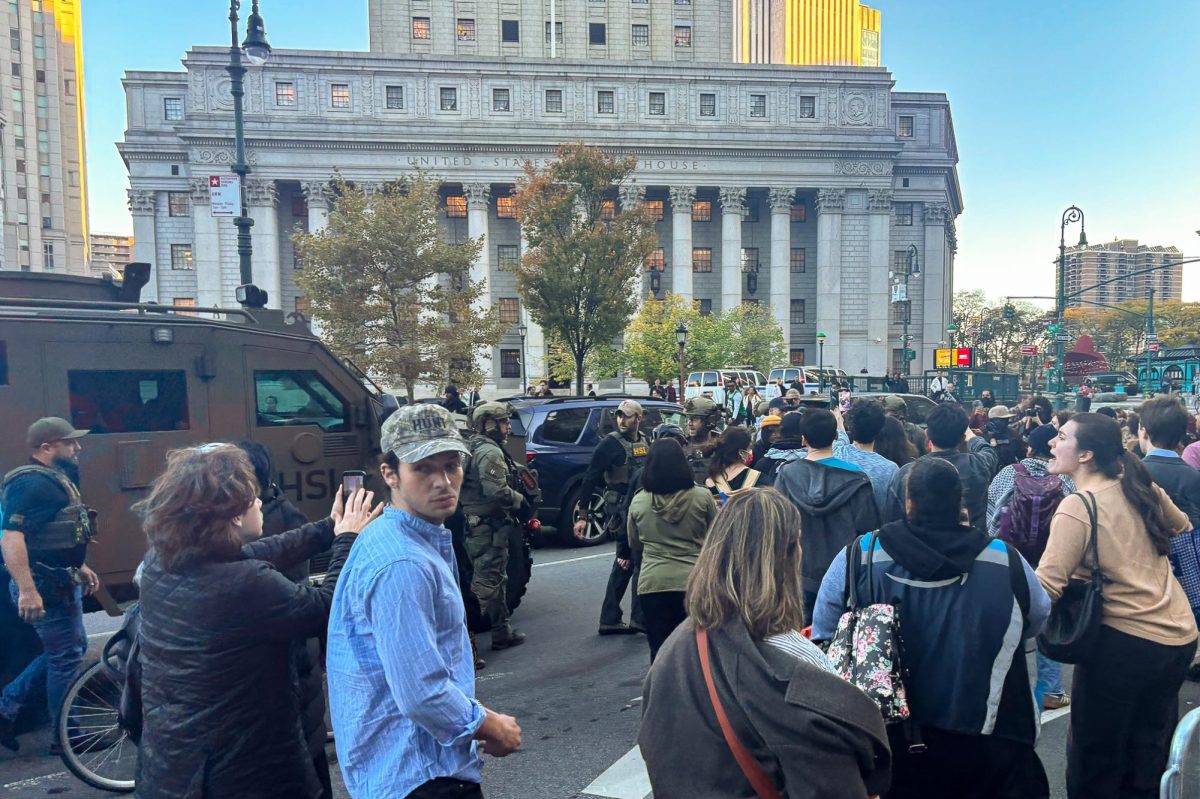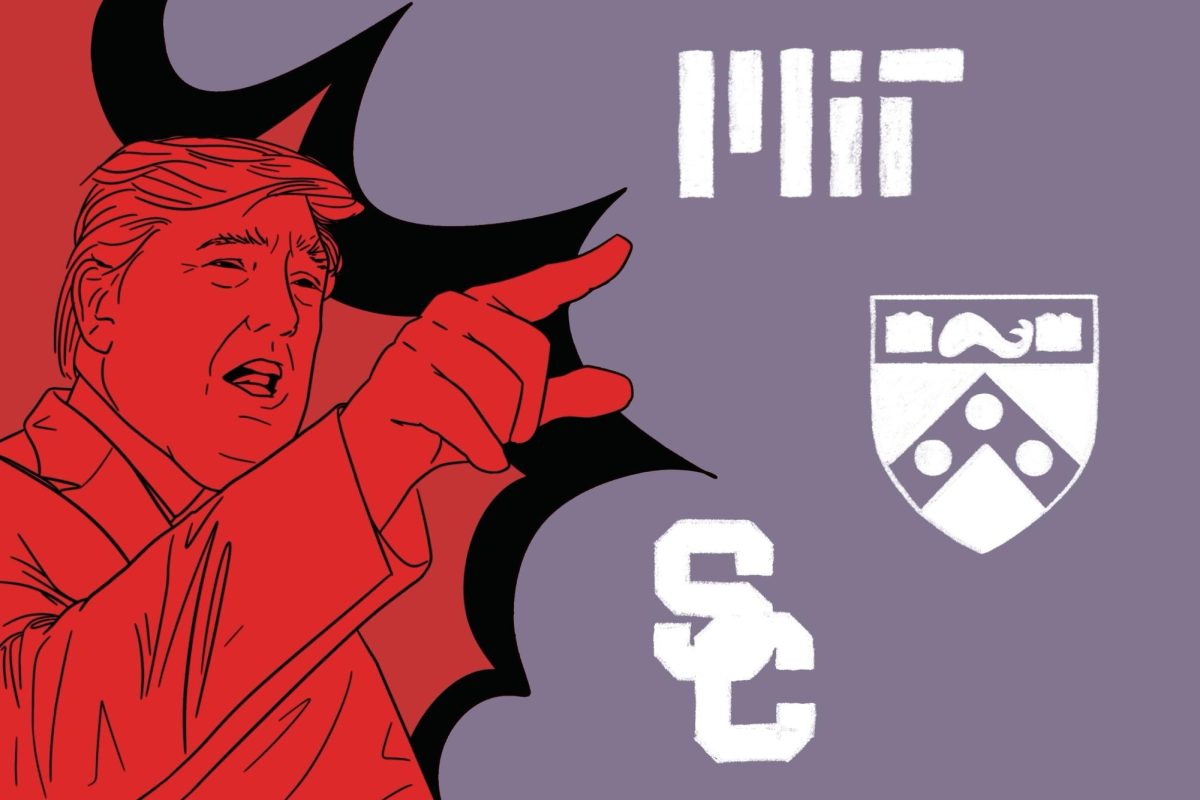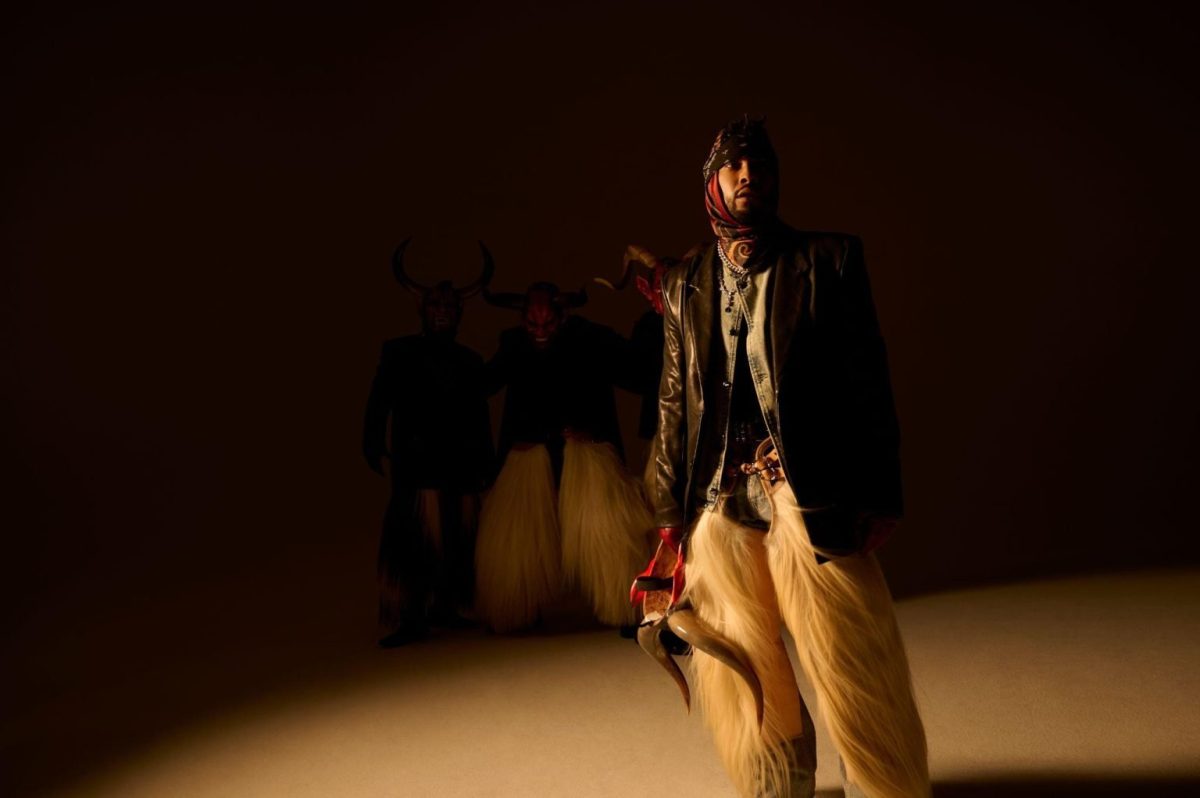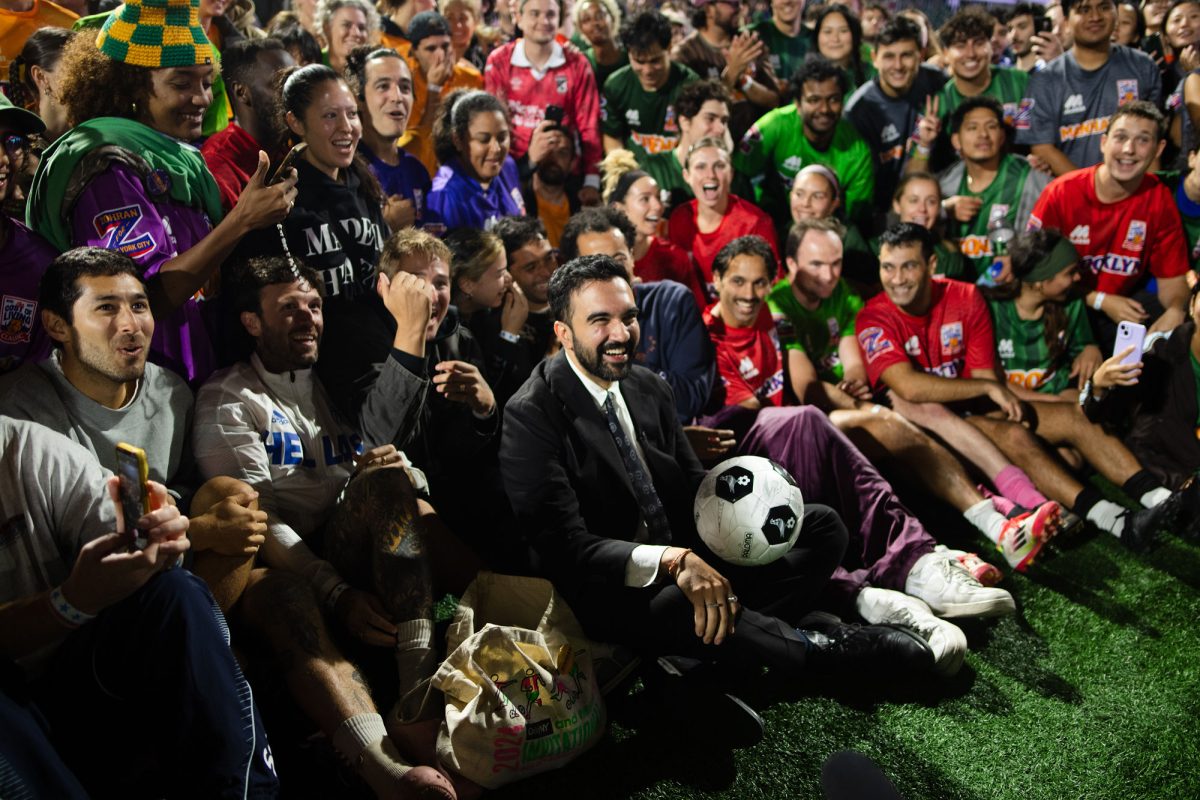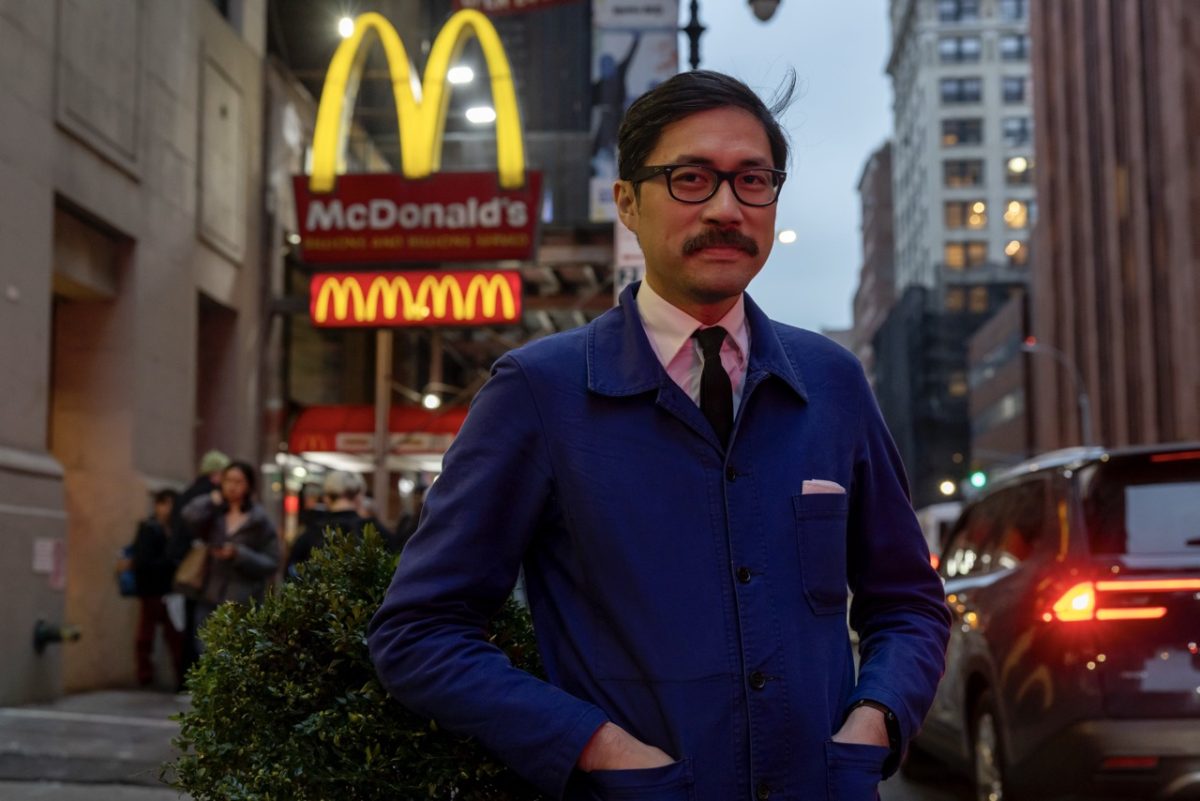There’s nothing quite as synonymous with American culture as fast food chains, and none as notorious as McDonald’s. The golden arches have become so synonymous with America that CAS alum Gary He decided to dedicate an entire book to them.
The James Beard Award-winning photojournalist and former WSN contributor has always been interested in the brand, relying on $1 meal deals from the 724 Broadway location during his time at NYU. He has reported on the intricacies of food for publications like The Associated Press and Eater.
On work trips throughout his career, he would visit different McDonald’s locations and document their menus, spending years on what would become “McAtlas,” an over 400-page atlas of the chain. With a cover designed to look like a hamburger, the atlas contains photos and descriptions of McDonald’s franchises across 55 countries.
“If you think of American brands, the iconic American brands, the largest and also, symbolically, which brand represents America?” He said in an interview with WSN. “It’s McDonald’s. When people are protesting against America around the world, whether it’s because of our military ventures or some other reason, they’re smashing up McDonald’s. They’re spray painting the arches and Ronald McDonald’s face. They’re not looking for the Burger King mascot, right?”
The book is separated into nine regions of the world, with each section contextualizing McDonald’s presence in a given country. It is then further broken down by franchise, where photos of the businesses themselves are placed beside images of their specific menu items and breakdowns of the food. From an initial flip through, it becomes clear that this is neither a photobook nor is it a series of reviews compiled together.
“I really wanted to keep it in bite sizes,” He said. “So you did not have to read through the entire thing at once.”
The book is anthropological in nature — reflecting the way people eat across the globe — and is inspired by “Golden Arches East: McDonald’s in East Asia,” an academic book edited by Harvard professor James L. Watson. However, He wanted to “try to take it down a couple of notches from their level of academia and try to make it more fun with photographs.” He accomplishes this by weaving historical narratives about subjects like the Soviet Union into stories of McDonald’s growth and expansion, taking these larger ideas and making them accessible to the reader. In documenting each country’s franchises, He effortlessly describes his own in-person experience at the respective location then turns to the country’s greater geopolitical context with ease.
The photography itself is broken down into two forms: architecture and food. A majority of the images of the restaurants in the book are exterior shots, as He actually ate the food in his hotel rooms. The food photography He has spent years refining through his work at publications like Eater is splendid, layering well-presented and authentic displays of McDonald’s products and paraphernalia on brightly-colored construction paper that often contrasts the dull food on top of it.
What makes this project most impressive is the fact that it is self-published, meaning every step of production was overseen by He. The photojournalist had to do everything from hiring his own copy editors to finding printing options, allowing him to have the final say in all matters. He paid close attention to every aspect of the project, even making the edges of the book colored to look like a lettuce-tomato-cheese-and-patty stack.
“At some point, I had spent so much money on this project — it is a self-funded journalistic project — I realized that I wanted to shape it completely, and to have it be mine,” He said.
Contact Jason Alpert-Wisnia at [email protected].












